AD COUNCIL
Child Safety PSA
In partnership with Campbell Ewald and Ad Council, we created a PSA to advocate for proper child safety seating in vehicles. Using a mix of CGI and live-action, this complete Taylor James production is running across print, broadcast, and digital channels. The brief was to create a child safety campaign in the style of the popular YouTube dashcam videos that garner millions of views. Our main goal throughout the production was to create an evocative, yet intensely realistic campaign to communicate the urgency of ensuring children’s safety. The concept hinged on the element of surprise; viewers needed to be immersed through the entire spot. Take a look at our reference images and storyboards below to see how we began concepting the project.
PRE PRODUCTION | PREVIS
A motion test allowed us to pre-visualize the crash, the environment, and the surrounding vehicles. This motion test was a crucial first step in sketching out how the scene unfolded, so that all teams could agree upon a direction prior to the shoot. Once this pre-visualization was complete, it served as the blueprint for the Director of Photography, Stunt Coordinator, drivers, and support crew. Our specialized teams worked together to create a cross-discipline solution to bring the concept to life: to combine CGI and live-action vehicles. Prior to the shoot, we used our pre-production tool, Digital Scouting, to plan the shoot.
Using real-world information, we recreated the intersection as a 3D environment. We then previsualized the action sequence to see speed, positioning, and choreography of all cars as well as explore camera angles, lensing. This allowed us to anticipate any production issues before they could arise.
PRE PRODUCTION | STORYBOARD
SHOOT PRODUCTION | BEHIND THE SCENES
The shoot was heavily choreographed, with intensive skillful planning ahead of time. The two main cars involved in the crash were created in CGI, the environment and surrounding cars were shot as live action.
For the shoot, we closed a a four-lane street in Los Angeles and hired a team of six stunt drivers to drive the vehicles. The Taylor James Director and the Director of Photography rode in a car with the RED camera mounted on the dashboard. At least one actual car is in the shot at all times in front of the POV car and coming towards us along the opposite side to provide constant lighting reference to incorporate with our CGI cars.
To ensure we had assets that could be used across all platforms, we shot the plates for the print and used the same CGI assets from the TV to create the final image.
The viewer car was retro-fitted to house camera equipment. Several dash cams were used to reference for picture quality, artifact, and viewing angle. The final footage was captured with a RED camera, allowing us enough pixel data to satisfy the required deliverables across media: motion, print, and digital. The RED camera was mounted to capture an accurate view of what a dash cam would record in terms of its position, angle of view, shutter speed and aperture. Take a look at our pre-visualization of the viewer car above.
POST PRODUCTION | CGI
The final spot contains around a dozen CGI cars, including “crash cars”. On location, we tracked the shot in 3D and rotoscoped around the real cars and through the vehicle windows, so our CGI team could then generate a seamless sequence.
In post-production, we created the crash scene between the van and sedan and composited it into the live-action plate to give us the greatest amount of control over the image. Dash cam footage that we shot was used in addition to researched footage to ensure sequences were realistic. This stage of process consisted of modeling, animation, lighting, texturing, shading and compositing. The video was then treated to exhibit the compression and video artifacting of dash cams, with the goal of creating the most authentic footage possible.






